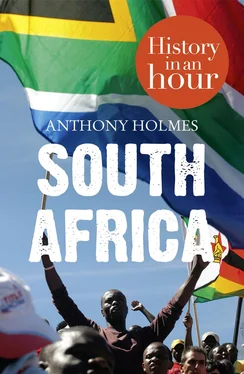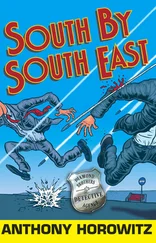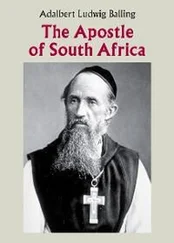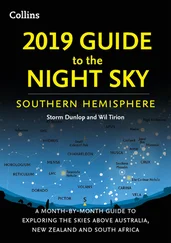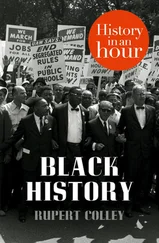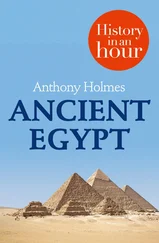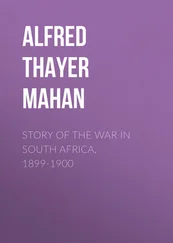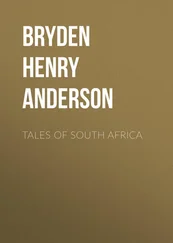The War between the Zulus and the White Colonists The War between the Zulus and the White Colonists The Boers Versus the British The National Party of South Africa The Struggle for Equality Apartheid Black Resistance and the Sharpeville Massacre International Pressure and Internal Armed Resistance Right-Wing Extremism and the AWP Global Condemnation of Apartheid The Tri-Cameral Parliament The Struggle Escalates Towards a Better Future for All The New South African Constitution Appendix 1: Key Players Appendix 2: Timeline of South Africa Got Another Hour? About the Publisher Конец ознакомительного фрагмента. Текст предоставлен ООО «ЛитРес». Прочитайте эту книгу целиком, купив полную легальную версию на ЛитРес. Безопасно оплатить книгу можно банковской картой Visa, MasterCard, Maestro, со счета мобильного телефона, с платежного терминала, в салоне МТС или Связной, через PayPal, WebMoney, Яндекс.Деньги, QIWI Кошелек, бонусными картами или другим удобным Вам способом.
While Kimberley was exploiting its newly discovered wealth, the Colony of Natal was developing along somewhat different lines. Here, the fearsome Zulu nation had grown to menacing proportions. Under African law, black refugees fleeing from Zulu power were given sanctuary in buffer reserves. Outside those reserves, British law held sway. Black Africans in the reserves were under the rule of the chiefs.
The late-nineteenth century was a period of further colonial expansion, a pressure which the Zulus tried to withstand. At the beginning of 1879 a force of 1,800 British troops equipped with modern weapons invaded Zululand. Under King Cetshwayo, the Zulu ‘impi’ (army) of 20,000 warriors, mostly carrying spears and clubs delivered a resounding defeat on the unprepared British at Isandhlwana. Over 1,300 British soldiers were killed.
Cetshwayo, King of the Zulus
The British defeat in what was termed the First Anglo-Zulu War resulted in a much stronger force invading Zululand the following year; and this time the Zulu King Cetshwayo was defeated. One month later he was captured and exiled to Cape Town. In 1882, Cetshwayo visited England where he was granted an audience with Queen Victoria. He was promised reinstatement as king, but in 1883, upon his return to Zululand, Cetshwayo was appointed ‘king’ over a buffer reserve considerably smaller than his original kingdom. Cetshwayo died in February 1884, possibly poisoned.
Natal had the ideal climate for the cultivation of sugar cane, a labour-intensive activity. Indentured labourers were imported from India, many of whom remained in the country at the end of their contracts. They became the forebears of today’s significant and influential Indian population, which remains mainly resident in the coastal area of Natal.
The Boers Versus the British The Boers Versus the British The National Party of South Africa The Struggle for Equality Apartheid Black Resistance and the Sharpeville Massacre International Pressure and Internal Armed Resistance Right-Wing Extremism and the AWP Global Condemnation of Apartheid The Tri-Cameral Parliament The Struggle Escalates Towards a Better Future for All The New South African Constitution Appendix 1: Key Players Appendix 2: Timeline of South Africa Got Another Hour? About the Publisher Конец ознакомительного фрагмента. Текст предоставлен ООО «ЛитРес». Прочитайте эту книгу целиком, купив полную легальную версию на ЛитРес. Безопасно оплатить книгу можно банковской картой Visa, MasterCard, Maestro, со счета мобильного телефона, с платежного терминала, в салоне МТС или Связной, через PayPal, WebMoney, Яндекс.Деньги, QIWI Кошелек, бонусными картами или другим удобным Вам способом.
Discovery and exploitation of the alluvial gold deposits of Barberton and Pilgrims Rest attracted hordes of prospectors. In 1877 the British adopted their usual tactic and promulgated the annexation of the territory of the self-proclaimed Boer republic. On 20 December 1880, Lieutenant Colonel Anstruther tried to enforce the annexation by marching elements of his regiment from Lydenburg to Pretoria with the regiment’s band leading the column. At Bronkhorstspruit the force was stopped by Boers, who requested the British to turn back. Armstrong refused. The British column was devastated by rifle fire from the surrounding Boer ambush. The British High Commissioner for South East Africa, Major-General Sir George Pomeroy Colley, instead of waiting for reinforcements, assembled the available troops and rushed forward to relieve the British garrisons in the Transvaal.
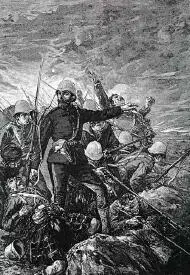
Sir George Colley at Laing’s Nek
Colley gathered his force at Newcastle in Natal. His ultimatum to the Boers was rejected and Colley advanced towards the Transvaal border. The British made camp over 6 km short of Laing’s Nek, a ridge that was occupied by a Boer force. On the morning of 28 January 1881 Colley moved out with his troops. The British infantry of the time wore red jackets, blue trousers with red piping, and white pith helmets. The Boers on the other hand were a citizen militia. They had no uniforms but they were expert marksmen. The British soldiers stood out like ready-made targets on the hilly grassland of the Natal-Transvaal border region.
The 58th Regiment was led up the hillside by Lieutenant Baillie carrying the Regimental Colour and Lieutenant Hill carrying the Queen’s Colour. Baillie was mortally wounded while Hill won the Victoria Cross for bringing casualties down from the hillside.
In an endeavour to regain the initiative Colley led five hundred men to the summit of the flat-topped Majuba Hill (Hill of Doves) overlooking Laing’s Nek. Colley, apparently believing the hill was unassailable, made no provision for its defence. On the orders of the Boer commander 200 agile young men climbed Majuba Hill and with well-aimed skill devastated the unprotected British troops. Colley was killed by a Boer bullet in the ensuing action.
The British expeditionary force of 1,200 soldiers had been repulsed by the Boer forces whose numbers exceeded 3,000 and whose field tactics were better suited to the terrain. This short conflict became known as the First Boer War.
The Gold Rush
In March 1886 George Harrison, an Australian miner, literally stumbled across a rocky outcrop of a gold-bearing reef in the Transvaal. He staked his claim with the government of the Zuid Afrikaanse Republiek (ZAR). It was the greatest gold strike ever recorded. In an ironic twist of fate, Harrison is believed to have sold his claim for £10 after which he left the area and was not heard from again.
Soon the number of, mainly British, foreigners outnumbered the Boers, and by 1899 Britain was demanding that all foreigners resident in the Transvaal be granted the same political rights as Boers. In response, the President of the ZAR demanded that Britain withdraw its troops from the borders of the Transvaal within forty-eight hours failing which the Transvaal and Orange Free State Republics of South Africa would declare war on Britain. In London the news was greeted with laughter and contempt for the little upstart colony, ‘If it’s war they want, then war they will get’. And so, the second Anglo–Boer War began.
Читать дальше
